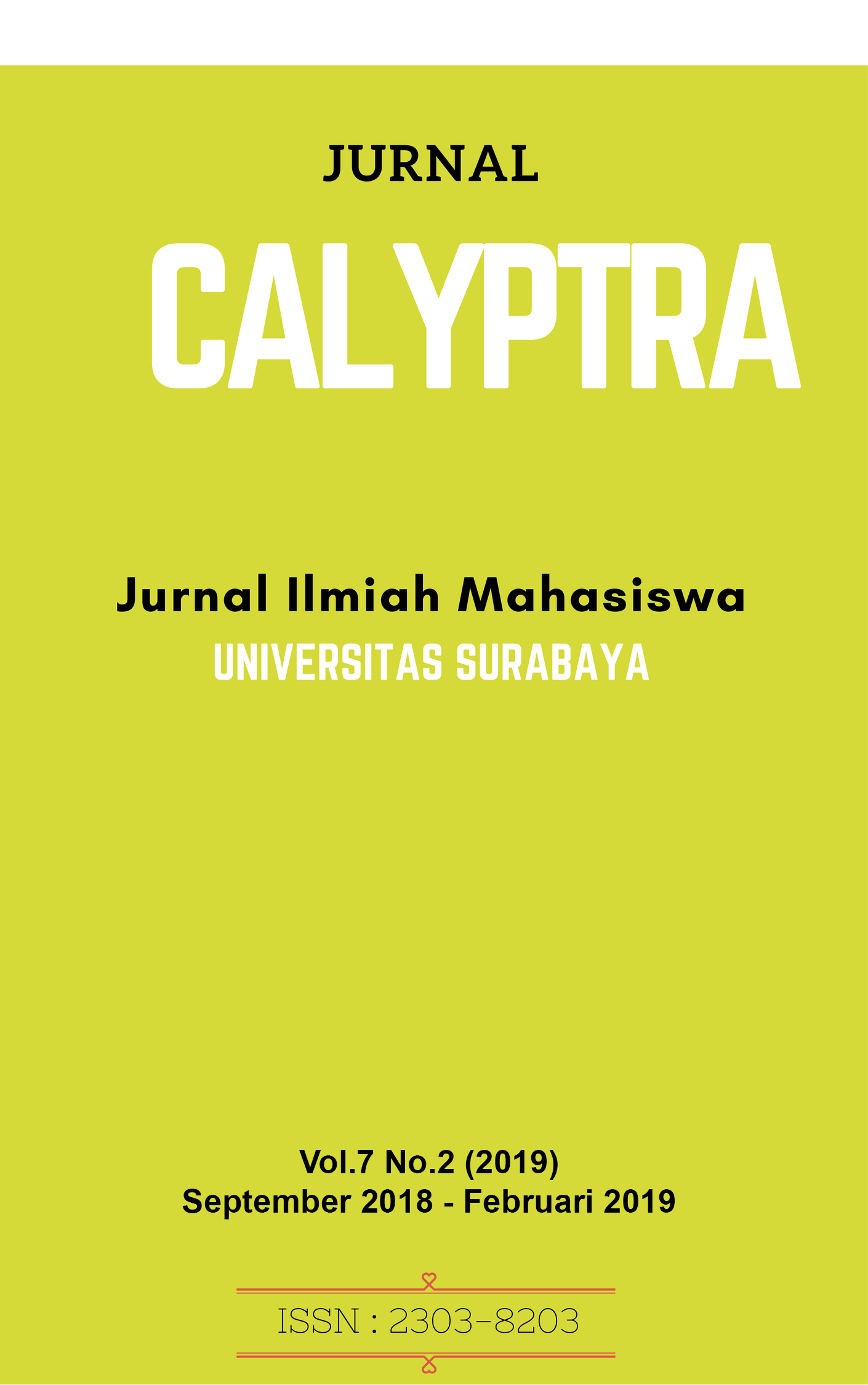PENGARUH ANATAR SHOPPING ATTRIBUTE & SHOPPING VALUE TERHADAP BEHAVIORAL INTENTION PADA OBJEK WISATA DI BALI
 Abstract Views:
359 times
Abstract Views:
359 times
 PDF - FULL TEXT Downloads:
113 times
PDF - FULL TEXT Downloads:
113 times
Abstract
The purpose of this study to determine and analyze the influence of Shopping Attributr and Shopping Value on the Behavioral Intention. The object is taken shopping outlet in Bali. This study uses primary data by distributing questionnaires to 150 respondents who had been to the island of Bali and shop there. The sampling technique in this study using a non-probability sampling with quantitative approach through statistical testing. Testing using Structural Equation Modeling (SEM) with the help of analysis of moment structures (AMOS 16). The results of this study indicate that the dimension Attribute Shopping has a significant connection to the dimensions of Shopping Value and Shopping Value dimensions has a significant connection to variable Behavioral Intention.
Downloads
References
Kevin K. Byon, James J. Zhang, 2009. Developtmen of a scale measuring destination image.
Hirschan, E.C and Holbrook, M.B. 1982. Hedonic consumption: emerging concepts, methods and propositions, Journal of Marketing Vol 46 No.3 pp 92-101.
Cozby, P.C. dan S.C Bates, 2012, Methods in Behavioral Reseacrh, Eleventh Edition, New York McGraw Hill.
Haans, H. 2011. Evaluating Retail format extensions: the role of shopping goals. Journal of retailing and consumer service, 18, 389-396
Choi, T.M., Liu, S.C., Pang, K.M, & Chow, P.S. 2008. Shopping behavioral of individual tourists from the Chinese mainland to Hong Kong. Tourism Management, 29, 811-820.
Keown, C.F. 1989. Hong Kong tourists’ Shopping Experiences. The Hong Kong Manager, 25(4), 30-35.
Yuksel, A. 2007. Tourist shopping habitat: Effects on tourists, emotions, satisfaction and expressed loyalty intentions. Tourism Management, 28(3), 703-713.
- Articles published in CALYPTRA are licensed under a Creative Commons Attribution-ShareAlike 4.0 International license. You are free to copy, transform, or redistribute articles for any lawful purpose in any medium, provided you give appropriate credit to the original author(s) and the journal, link to the license, indicate if changes were made, and redistribute any derivative work under the same license.
- Copyright on articles is retained by the respective author(s), without restrictions. A non-exclusive license is granted to CALYPTRA to publish the article and identify itself as its original publisher, along with the commercial right to include the article in a hardcopy issue for sale to libraries and individuals.
- By publishing in CALYPTRA, authors grant any third party the right to use their article to the extent provided by the Creative Commons Attribution-ShareAlike 4.0 International license.



